In today’s competitive business environment, low-cost material handling solutions have become increasingly critical—especially for small and mid-sized businesses trying to optimize operations, reduce costs, and stay agile. Whether in warehouses, construction, manufacturing, logistics, or retail, investing in cost-effective handling strategies can yield tremendous long-term value.
This article explores where low-cost material handling is most important, which industries benefit the most, and how companies can implement these systems without compromising safety or efficiency.
🔗 Which of the Method for the Safe of Hazardous Waste and Hazardous Material Handling?
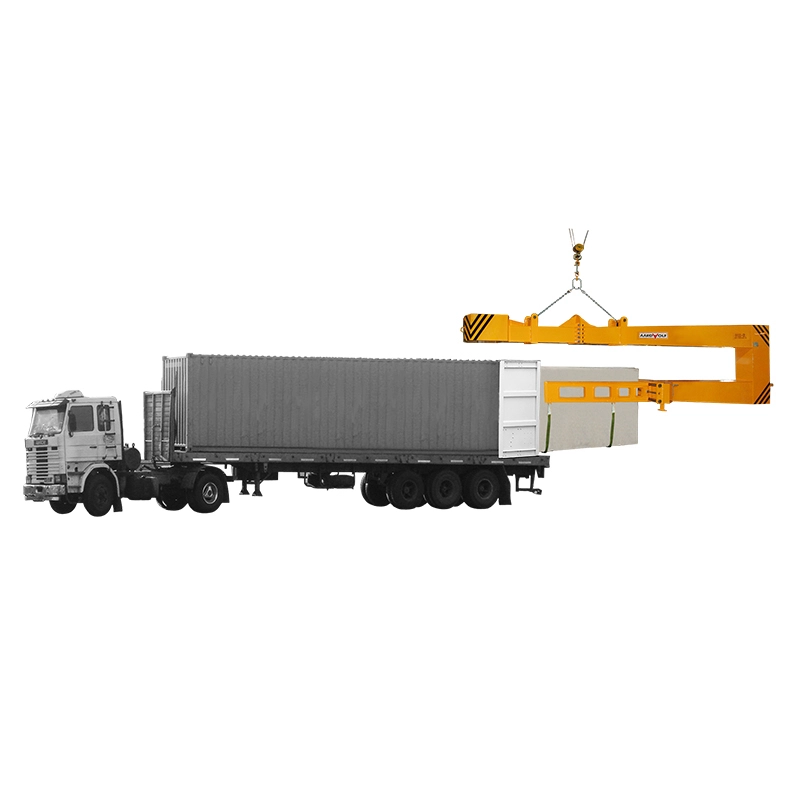
Table of Contents
ToggleWhy Low-Cost Material Handling Matters
Material handling involves the movement, protection, storage, and control of materials throughout manufacturing, warehousing, distribution, consumption, and disposal stages. While large corporations may afford high-end automated material handling systems, smaller organizations often need budget-conscious alternatives to meet their operational needs.
Key Benefits of Affordable Handling Systems:
- Reduced manual labor costs
- Improved productivity
- Enhanced safety
- Decreased material damage
- Scalability for growing businesses
🔗 What Is Material Handling? Types, Equipment, Functions, Safety, and Warehouse Optimization
Industries Where Low-Cost Material Handling Is Crucial
1. Small Warehouses and Distribution Centers
Small warehouse operators and local distribution hubs benefit enormously from low-cost material handling solutions for small businesses. Solutions such as:
- Material handling carts and trolleys
- Manual pallet jacks
- Foldable racks and bins
These options help maximize space and streamline inventory without the need for expensive automation.
2. Construction Sites
Material handling in construction environments often involves irregular workspaces and tight budgets. In this context, manual material handling tools and rugged equipment like:
- Aardwolf Slab Lifters
🔗 Aardwolf Slab Lifters - Jib Cranes
🔗 Jib Cranes - Paver lifters
🔗 Vacuum Paver Lifter AVPL40
enable teams to move heavy materials safely and affordably without full-scale automation.
3. Manufacturing for Small to Mid-Sized Enterprises (SMEs)
In material handling for manufacturing, minimizing overhead is crucial. Many SMEs opt for conveyors for material handling, forklifts for material handling, or simple gravity-fed systems. These provide:
- Fast movement of raw materials
- Reduced downtime
- Budget-conscious upgrades
4. Retail & E-commerce Fulfillment Centers
Online sellers and small retailers require warehouse material handling equipment that’s both low-cost and effective. Items like stackable bins, rolling ladders, and modular shelving help improve throughput and space utilization with minimal investment.
5. Logistics and Last-Mile Delivery
In material handling in logistics, portability, speed, and cost-efficiency are key. Lightweight dollies, collapsible crates, and adjustable storage systems help delivery centers maintain agility while reducing labor dependency.
How to Choose Low-Cost Material Handling Systems
When choosing the best material handling equipment for warehouses or other workspaces on a budget, consider the following:
1. Assess Your Workflow
Understand your daily material volumes, item sizes, and movement patterns. You might not need a fully automated material handling system, but strategic upgrades can improve efficiency.
2. Prioritize Multi-Purpose Equipment
Look for industrial material handling solutions that serve multiple functions. For example:
- A forklift can lift, transport, and load
- A vacuum lifter can handle slabs, glass, and sheet metal
🔗 Vacuum Lifters
3. Buy Used or Refurbished Equipment
Consider used material handling equipment for sale to save capital while still acquiring durable tools.
4. Explore Modular and Scalable Systems
Solutions that grow with your business, such as expandable overhead material handling systems or stackable storage, deliver long-term cost benefits.
Tips to Improve Material Handling Efficiency on a Budget
- Standardize material flow paths
- Train staff on safe lifting practices
- Implement lean inventory principles
- Use vertical space with shelving systems
- Reduce touches between storage and shipping
🔗 How Does Material Handling Impact the Human Labor Force?
Low-Cost Doesn’t Mean Low Safety
Affordability should never compromise safety. Here are simple, cost-effective ways to stay safe:
- Adhere to material handling safety standards
- Invest in safety training programs
- Follow safety tips for manual material handling
- Use proper PPE
- Educate employees on proper attire
🔗 Loose Clothing Is Best to Wear When Handling Material?
Examples of Low-Cost Material Handling Equipment
| Equipment | Use Case | Cost Effectiveness |
|---|---|---|
| Pallet Jacks | Moving loads in tight spaces | High |
| Jib Cranes | Rotational lifting in confined areas | Medium |
| Stackable Crates | Inventory storage | High |
| Gravity Conveyor | Manual load transport | High |
| Vacuum Lifters | Fragile material handling | Medium |
Final Thoughts
Low-cost material handling is especially important in:
- Small businesses and startups
- Construction and light manufacturing
- Retail and distribution hubs
- Warehousing with high SKUs and low margins
These environments demand high efficiency without high capital expense. By investing in affordable, scalable, and safe material handling equipment, businesses can thrive even with limited budgets.
Explore our trusted range of budget-friendly tools designed to help your operation grow:

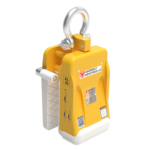
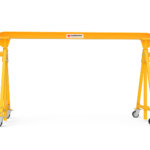
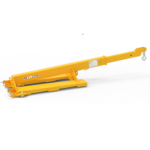
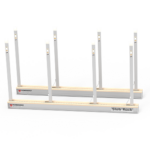
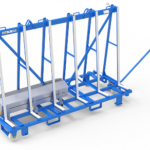

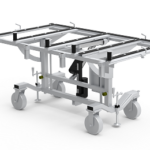
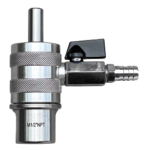
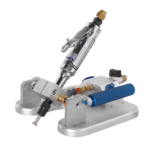


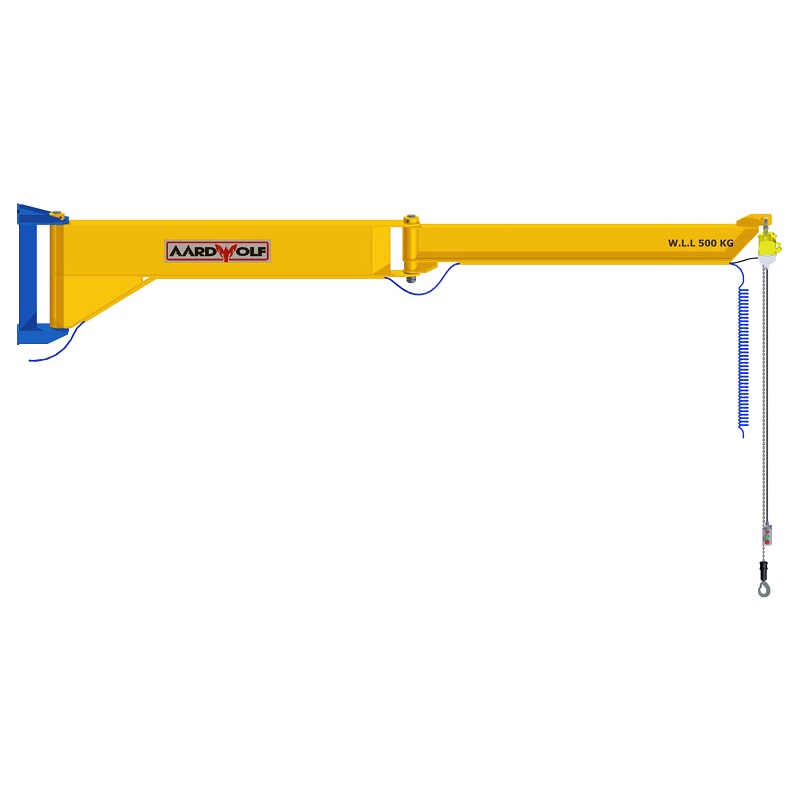
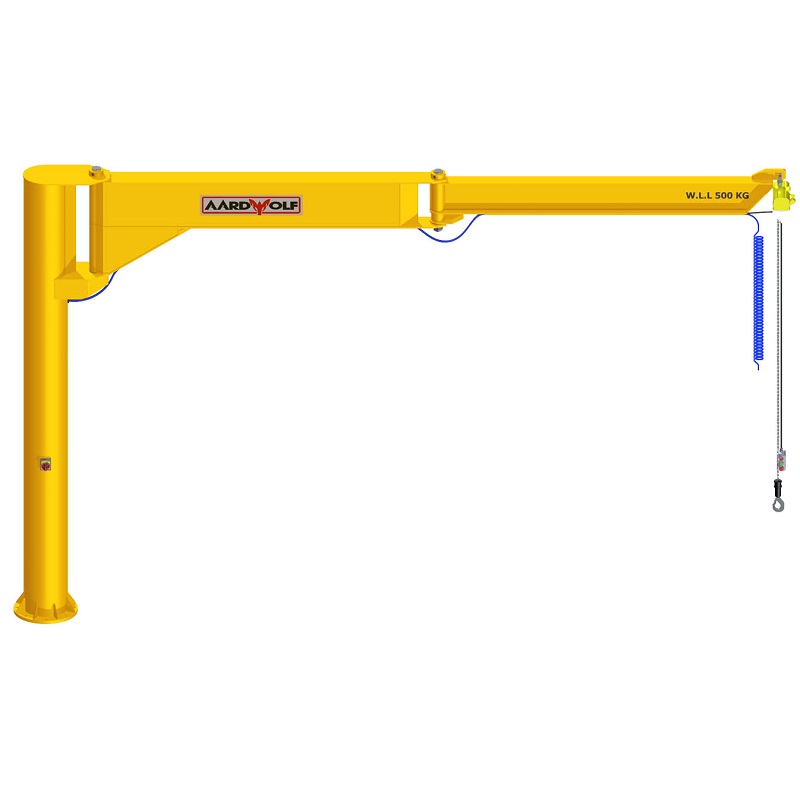
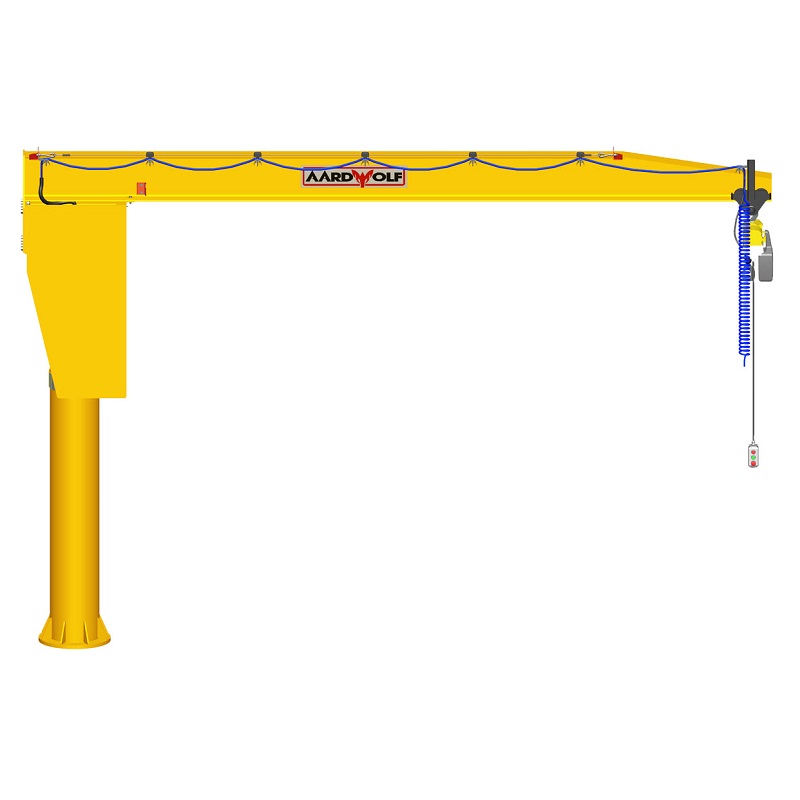
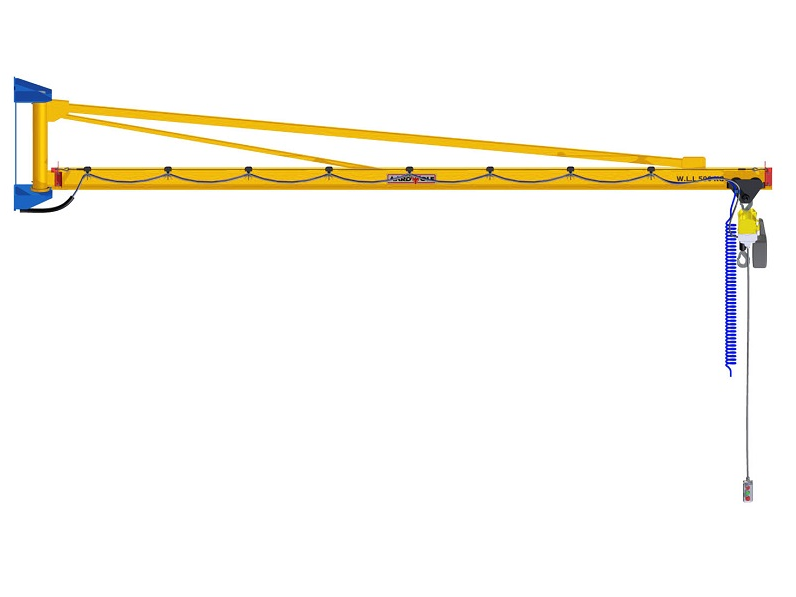

Please log in to leave a comment.